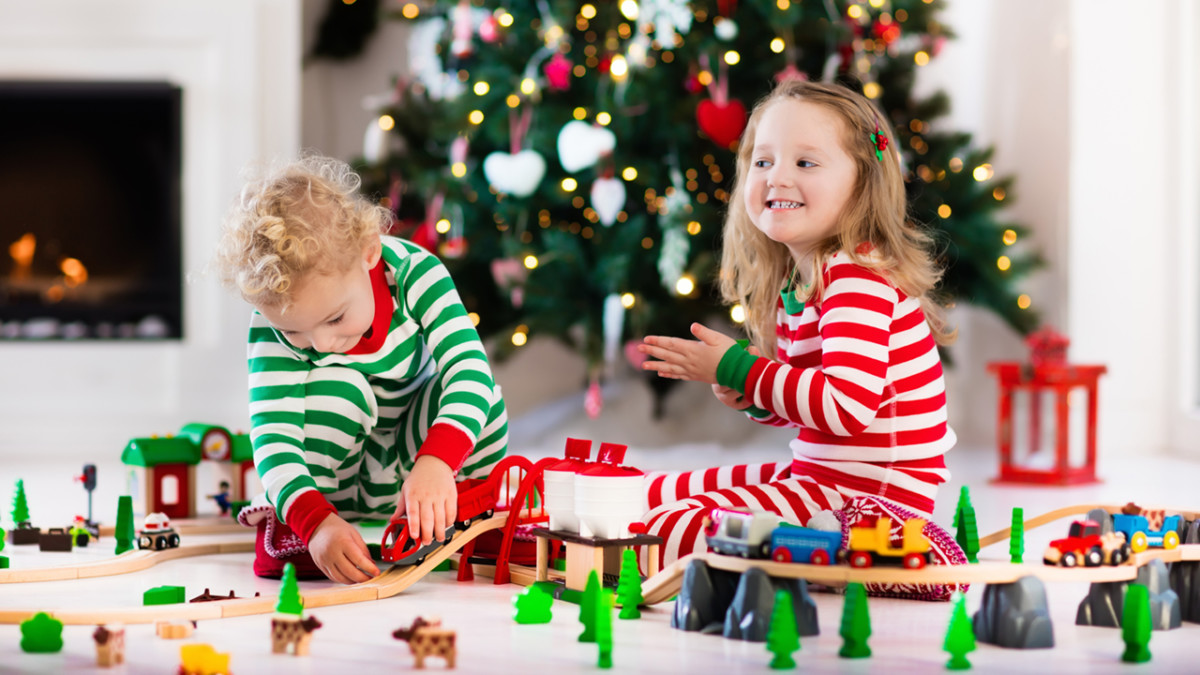It can be challenging buying the perfect present for little ones when choosing between trendy or safe for their age. Before purchasing that toy from the commercial, it’s important to consider a few things.
Is the toy age-appropriate?
An age-appropriate toy is considered a toy that’s packaging states it is recommended for the age of the child you are buying it for. These recommendations may look like “3+,” meaning ages three and up, or “3-4,” meaning the toy is appropriate for kids ages three to four years old. However, you may also see numbers in a red circle with a slash through it. This sign means the toy is not appropriate for children of those ages.
Does the toy present a choking hazard?
The packaging on the toy should have a warning label printed on it with “choking hazard” in bold print. However, this may not be true for all toys, especially ones purchased second-hand. Some choking hazards include small parts, removable parts, broken parts, coins, small figurines, balls, marbles, etc. All children develop mentally and physically at their own pace; because of this, it is at the parents’ discretion what types of toys they think might be hazardous to their children.
Is the toy made of toxic or hazardous materials?
Many children’s toys are not meant to be chewed on or consumed, such as playdough, magic sand, putty, slime, paints or any toy made of lead paint or other harmful materials. Before buying tactile toys like these, consider making a safe alternative at home, such as food-safe playdough or cookie dough. Likewise, ensure that any craft paints or glues say “non-toxic.” While this doesn’t mean it is harmless, the child should be okay if only a little is consumed. However, if you notice your child has ingested a product you are unsure about, do not wait for symptoms. Instead, contact the poison control center immediately.
Does the child need to wear safety gear?
For bigger toys, such as hoverboards, scooters, skateboards, skates, bicycles, etc., make sure your child has the appropriate safety gear that fits accordingly. Helmets should fit snuggly on the head, and the chin strap should be tightened comfortably to where the helmet is not shifting on the head. Remember, children grow quickly. It is important to buy new safety gear about once a year until the child’s growth slows down. Also, closed-toed shoes should be worn at all times on these toys. Many young patients visiting the burn center have received friction burns from the tires, wheels or asphalt rubbing on their bare feet. Closed-toed shoes will protect their feet from the wheels and the burning asphalt in the summer months.
Are the batteries secured and inaccessible?
Batteries are extremely acidic and, depending on the size of the battery, a swallowing or smashing hazard. If a battery is busted open, the acid on the inside can cause severe chemical burns if not treated immediately. If ingested, the batteries can be toxic or deadly. Most toys come with a screw-on battery cover for these reasons. However, if the cover gets lost, it is safer to throw away the toy than to leave the batteries accessible to the child.
Are you able to provide supervision?
Toys, especially ones the child hasn’t had before, should always be used with adult supervision. Suppose an adult is not able to provide supervision. In that case, the toy should be put away until the adult has had time to read the instructions and show the child how to use the toy properly. Adult supervision means providing support during bicycle riding, helping during tactile activities and ensuring a toy is safe to play with before it is handed over to the child.
